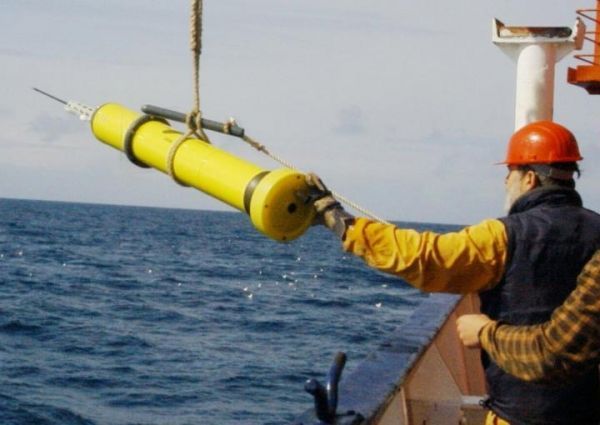The global ocean represents the most important component of the Earth climate system. The oceans accumulate heat energy and transport heat from the tropics to higher latitudes, responding very slowly to changes in the atmosphere. Digital gridded climatologies of the global ocean provide helpful background information for many oceanographic, geochemical and biological applications. Because both the global ocean and the observational basis are changing, periodic updates of ocean climatologies are needed, which is in line with the World Meteorological Organization’s recommendations to provide decadal updates of atmospheric climatologies.
"Constructing ocean climatologies consists of several steps, including data quality control, adjustments for instrumental biases, and filling the data gaps by means of a suitable interpolation method", says Professor Viktor GOURETSKI of the University of Hamburg. Prof. GOURETSKI is a scholarship holder of the Chinese Academy of Sciences’ President’s International Fellowship Initiative (PIFI) at the Institute of Atmospheric Physics, Chinese Academy of Sciences, and the author of a report recently published in Atmospheric and Oceanic Science Letters.
"Sea water is essentially a two-component system, with a nonlinear dependency of density on temperature and salinity, with the mixing in the ocean interior taking place predominantly along isopycnal surfaces. Therefore, interpolation of oceanic parameters should be performed on isopycnals rather than on isobaric levels, to minimize production of artificial water masses. The differences between these two methods of data interpolation are most pronounced in the high-gradient regions like the Gulf Stream, Kuroshio, and Antarctic Circumpolar Current," continues Professor GOURETSKI.
Read more at Institute of Atmospheric Physics, Chinese Academy of Sciences
Image: Deployment of an APEX float from a German research ship. (Credit: Argo)


